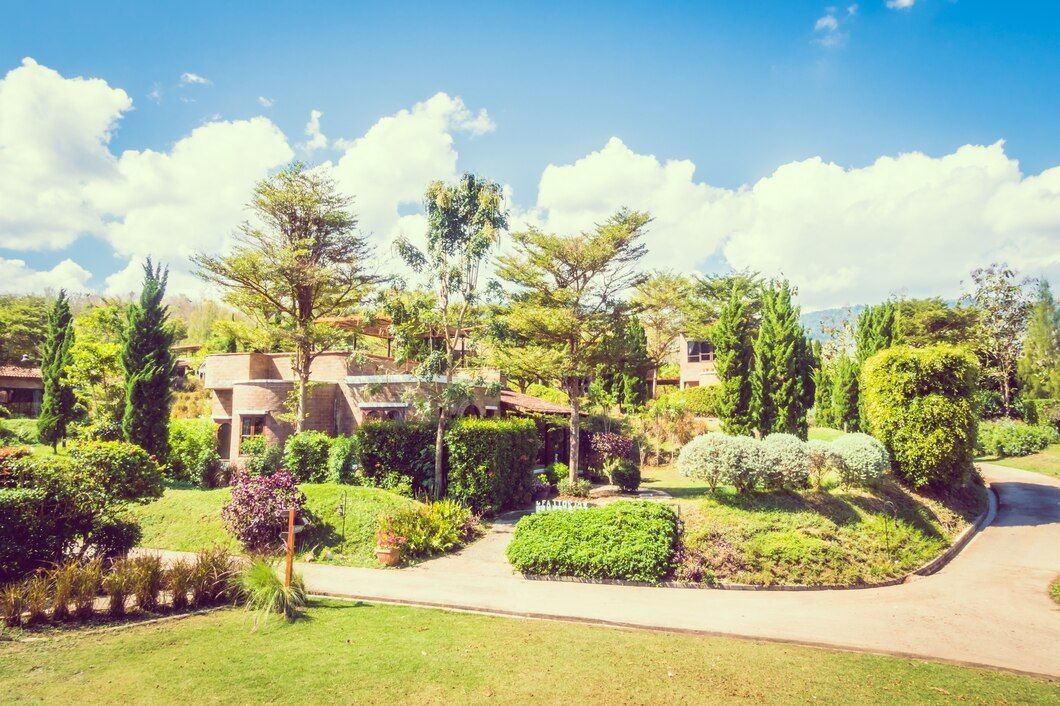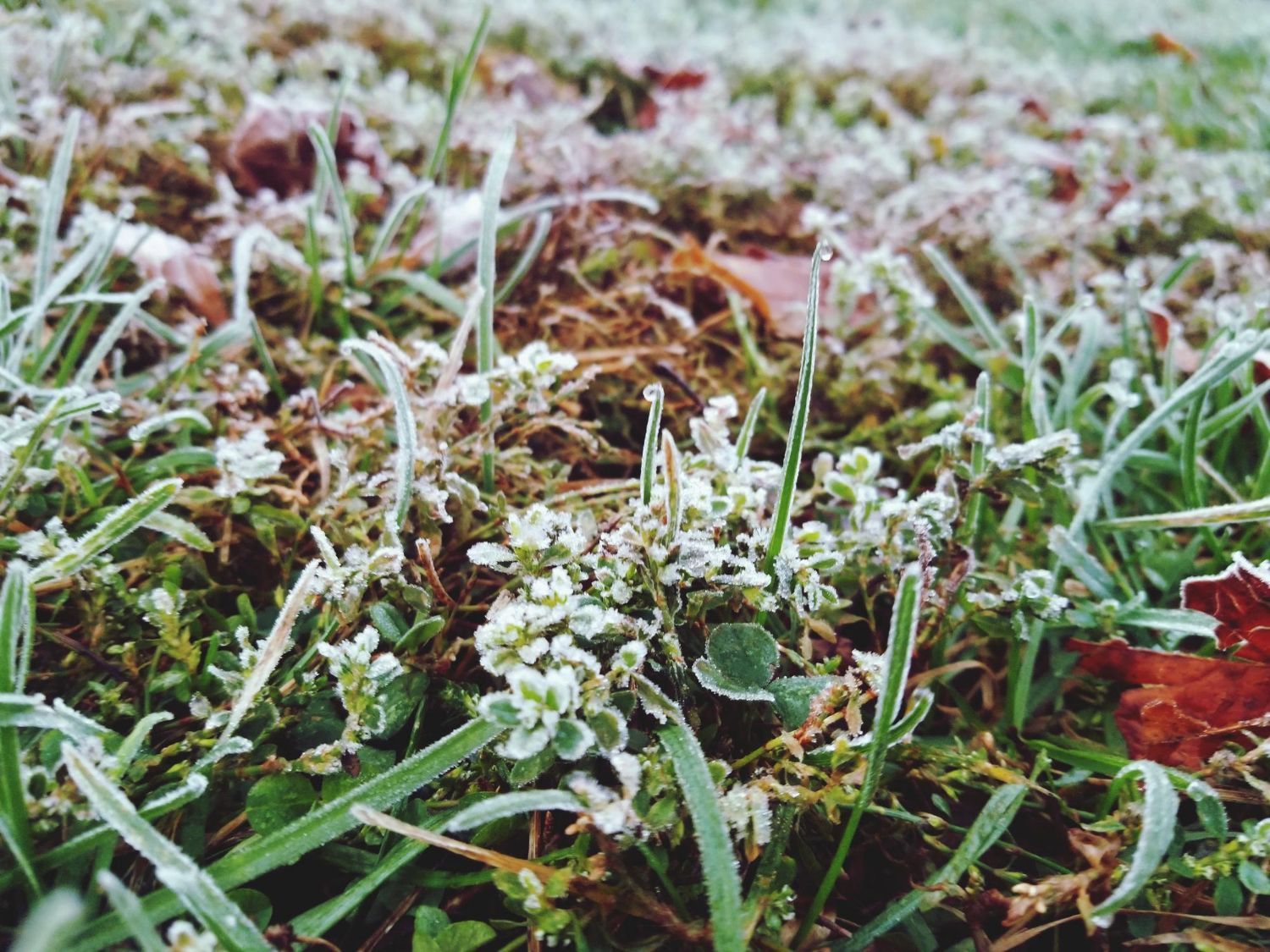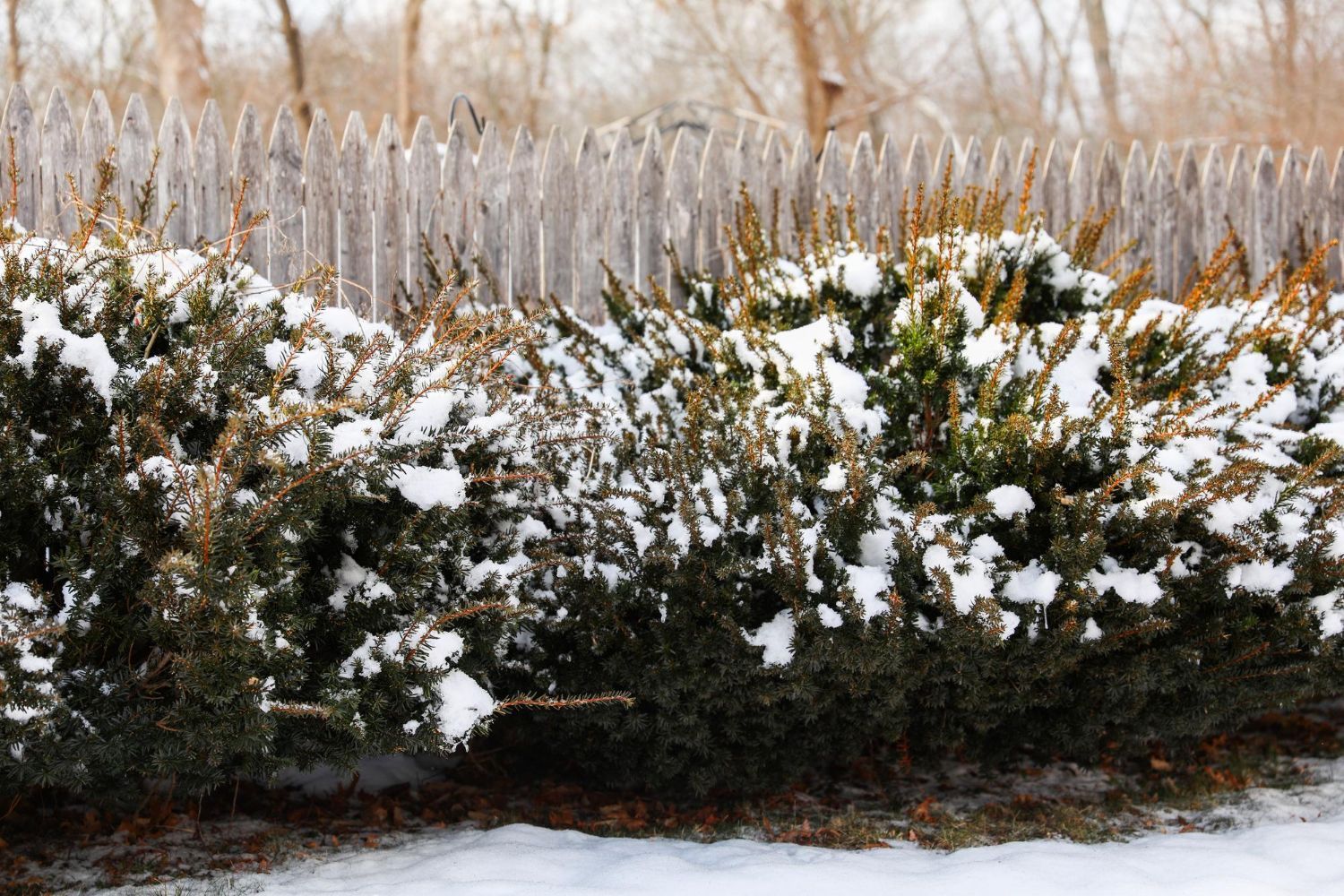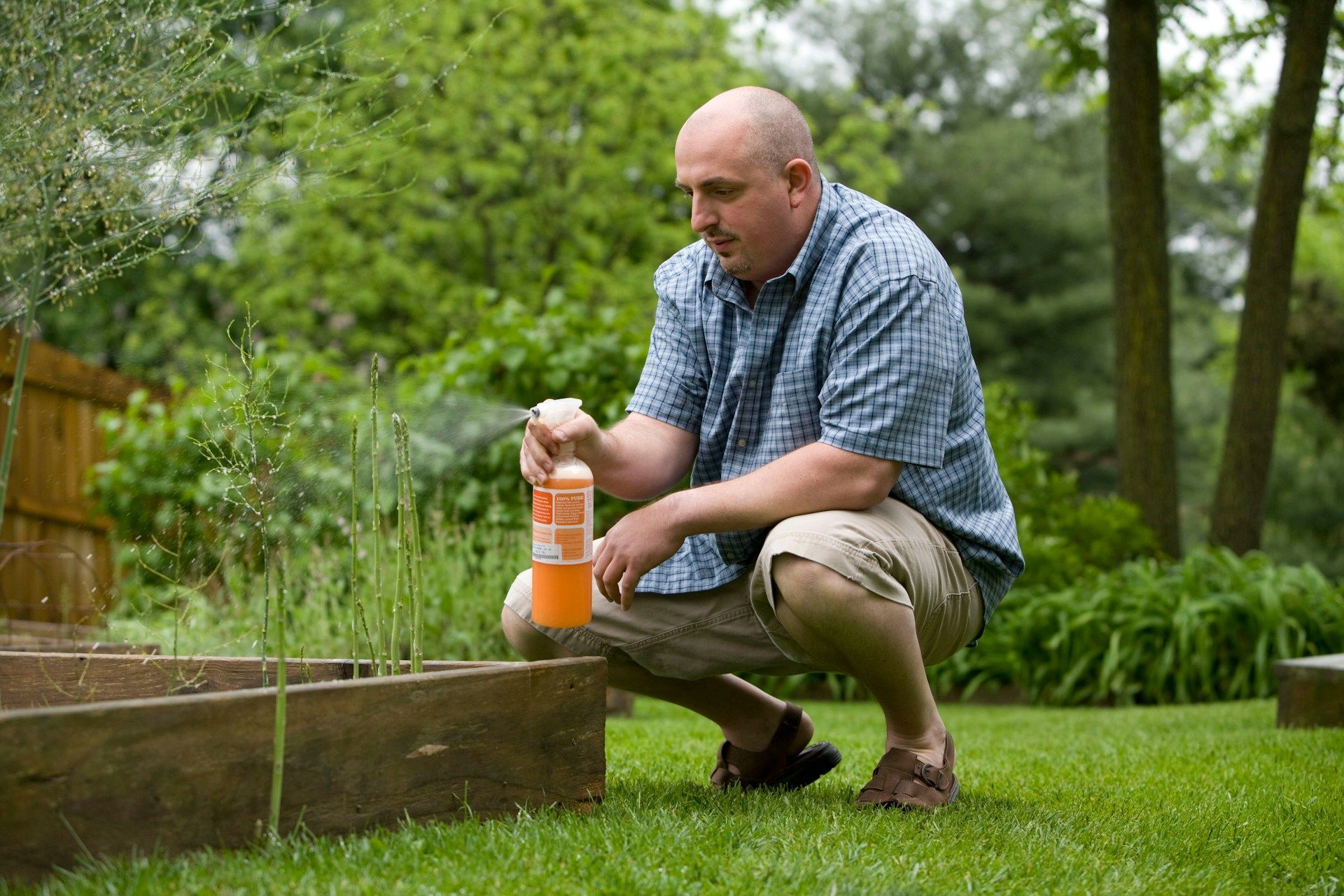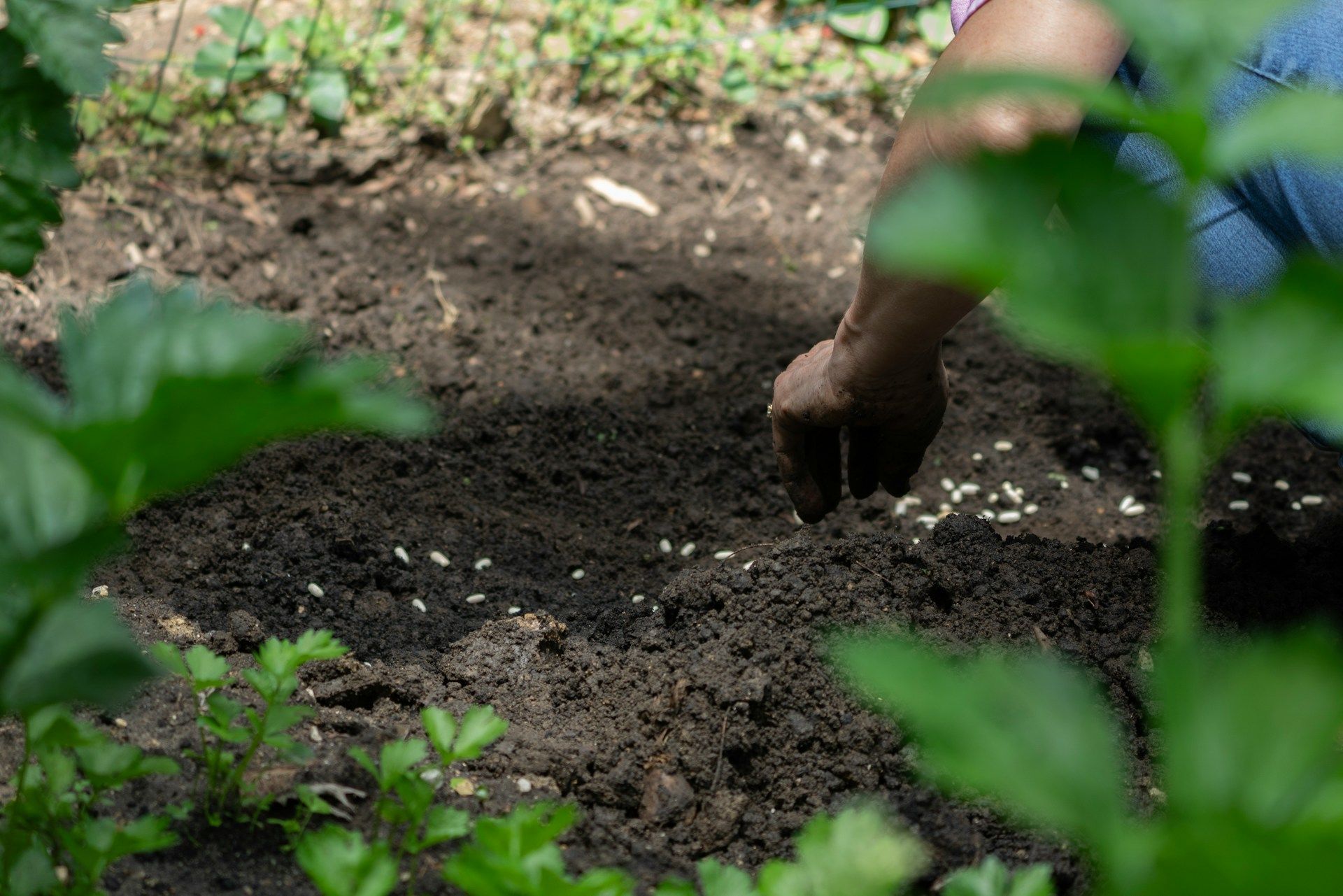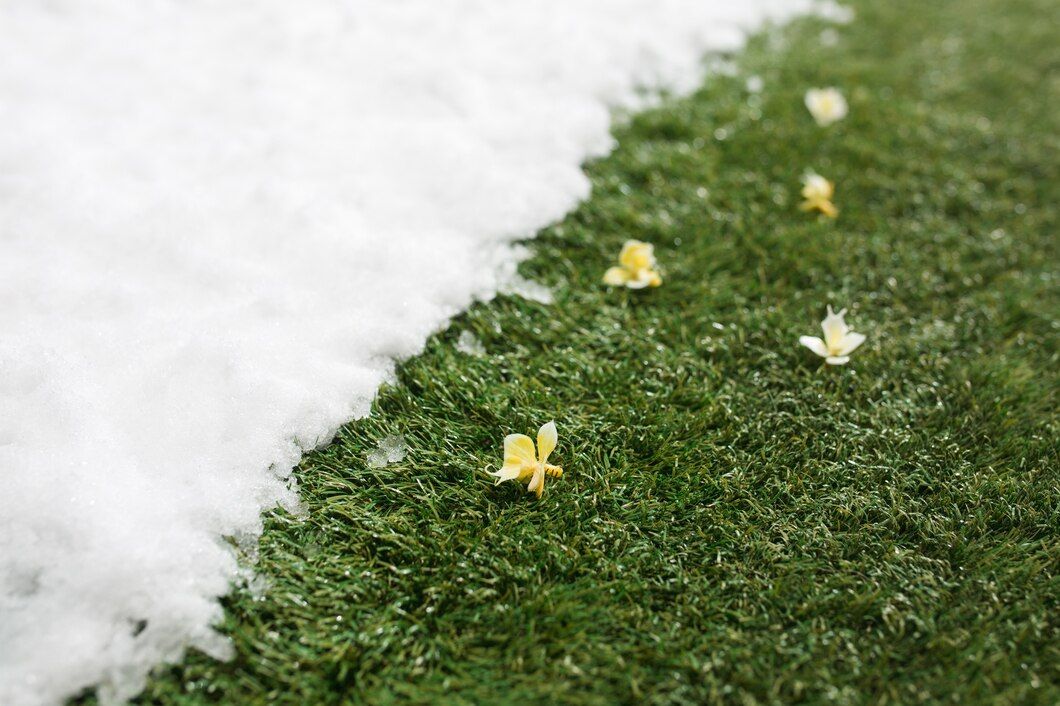What Our Customers Are Saying
Common Problems in Landscape Design and How to Solve Them
Creating a beautiful and functional landscape can be a challenging task, especially when various problems arise that hinder your efforts. From poor soil quality to inadequate sunlight and erosion, there are numerous issues that can impact the health and appearance of your yard. Addressing these problems effectively is crucial for achieving the landscape of your dreams.
Many homeowners struggle with common landscaping issues but often don't know where to start in solving them. Whether you are dealing with poor soil that affects plant growth, struggling with drainage problems, or finding it difficult to balance aesthetics with functionality, proper solutions are within reach. Understanding these problems and implementing the right strategies can transform your landscape into a thriving, enjoyable space.
This article will explore some of the most common landscape design problems and provide practical solutions to overcome them. By tackling these issues head-on, you can ensure that your yard remains lush, healthy, and visually appealing throughout the seasons. Let's dive in and learn how to address these common challenges effectively.
Poor Soil Quality and Irrigation Issues
Identifying Soil Problems
Soil quality is the foundation of a healthy landscape. Poor soil can lead to weak plant growth and increased susceptibility to pests and diseases. To identify soil problems, start by conducting a soil test. This test will reveal the soil's pH level, nutrient content, and texture. Common indicators of poor soil include compacted soil that prevents water penetration, clay soil that drains poorly, and sandy soil that doesn't retain moisture. Recognizing these issues early allows you to make the necessary adjustments to improve soil health.
Effective Soil Amendments
Once you've identified the soil problems, you can implement effective soil amendments. Adding organic matter like compost or aged manure can improve soil structure and fertility. For clay soils, incorporating gypsum or coarse sand can enhance drainage and reduce compaction.
For sandy soils, using organic mulches like straw or wood chips helps retain moisture and improve nutrient availability. Lime can be added to acidic soils to raise the pH, while sulfur can be used to lower the pH of alkaline soils. Regularly amending your soil with these materials will create a more hospitable environment for your plants.
Proper Irrigation Techniques
Proper irrigation is crucial for healthy landscape growth. Overwatering can lead to root rot, while underwatering can stress plants and inhibit growth. To ensure efficient watering, use drip irrigation systems or soaker hoses that deliver water directly to the root zone, reducing water waste. Watering in the early morning or late evening minimizes evaporation. Additionally, mulching around plants helps retain moisture and reduces the need for frequent watering. Regularly check your irrigation system for leaks and ensure that sprinklers are properly adjusted to avoid water runoff and wastage.
Inadequate Sunlight and Plant Selection
Assessing Sunlight Exposure
Sunlight exposure greatly influences plant health and growth. Start by assessing the amount of sunlight different areas of your yard receive throughout the day. Full-sun areas get at least six hours of direct sunlight, partial-shade areas get 3 to 6 hours, and full-shade areas receive less than 3 hours. Use this information to plan your plant placement. Observing these patterns helps you make informed decisions about which plants will thrive in each location.
Choosing the Right Plants for Each Area
Selecting the right plants for each area of your yard is crucial for a thriving landscape. Plants have specific light requirements, and placing them in the wrong spot can lead to poor growth and health. Choose sun-loving plants like roses and lavender for full sun areas and shade-tolerant plants like hostas and ferns for shaded spots. Consider native plants, as they are better adapted to local conditions and require less maintenance. Grouping plants with similar light and water needs can simplify care and ensure optimal growth.
Maximizing Plant Health and Growth
To maximize plant health and growth, it's important to provide the right care and conditions. Regularly prune and trim plants to encourage healthy growth and remove any dead or diseased parts. Fertilize plants based on their specific nutrient requirements and the soil test results. Mulch around plants to retain moisture, suppress weeds, and regulate soil temperature. Monitor plants for signs of stress or disease and address any issues promptly. By following these steps, you can ensure that your plants receive the right amount of light and care to thrive in your landscape.
Erosion and Drainage Problems
Recognizing Erosion Signs
Erosion can be a significant problem in any landscape. Look for signs such as exposed roots, areas of bare soil, or small gullies forming after a rain. Erosion can wash away nutrient-rich topsoil, leaving plants malnourished and more prone to disease. Sloped areas and places with poor vegetation cover are particularly susceptible. Early detection of erosion problems allows for timely intervention to prevent further damage and preserve soil quality.
Implementing Erosion Control Solutions
There are several effective erosion control solutions you can implement. Planting ground cover plants on slopes helps stabilize the soil with their root systems. Erosion control fabrics or mulch can also protect soil from wind and water erosion. Building terraces or retaining walls on steep slopes helps break the slope into manageable sections and slow down water runoff. Additionally, creating a rain garden with deep-rooted native plants can absorb rainwater and reduce surface runoff. These methods help keep the soil intact and reduce erosion.
Improving Drainage Systems
Proper drainage is key to preventing both erosion and standing water problems. Start by assessing the natural water flow in your yard. Installing French drains or dry creek beds can help direct water away from areas prone to waterlogging or erosion. For smaller problem spots, using gravel or pervious paving solutions allows water to drain more effectively. Make sure gutters and downspouts are clean and adequately directed to manage rainwater. By improving drainage systems, you can protect your landscape from water damage and promote healthier plant growth.
Design and Functionality Challenges
Balancing Aesthetics and Functionality
Balancing aesthetics and functionality in landscape design can be challenging but is essential for creating a space that is both beautiful and usable. Start by identifying your needs and desires for the space, whether it's for entertaining, gardening, or play. Use hardscaping elements such as paths, patios, and retaining walls to define areas and provide structure. Choosing plants that provide visual interest and serve functional purposes, such as shade or privacy, helps create a harmonious landscape. Incorporating a variety of textures, colors, and heights can enhance visual appeal while meeting practical needs.
Creating Usable Outdoor Spaces
Creating usable outdoor spaces involves thoughtful planning and layout. Designate specific areas for different activities, such as dining, relaxing, or playing. Ensure that pathways are well-defined and accessible, and use lighting to enhance safety and usability in the evenings. Incorporate comfortable seating, tables, and other furnishings to make these areas inviting and functional. Consider the flow of movement through your yard and how different spaces connect to each other. By creating distinct, purposeful areas, you can maximize the usability of your outdoor space.
Adapting to Changing Conditions
Landscapes are dynamic and can change over time due to factors like plant growth, weather, and changing personal needs. Adapting to these changes is crucial for maintaining a functional and appealing landscape. Regularly assess your landscape and make adjustments as needed. Prune or relocate plants that have outgrown their spaces. Choose adaptable, low-maintenance plants that can thrive in varying conditions. Stay informed about new landscaping trends and technologies that can enhance your design. Being flexible and proactive helps ensure that your landscape continues to meet your needs and looks great year-round.
Conclusion
Solving common landscape design problems requires a combination of knowledge, planning, and adaptability. By identifying issues like poor soil quality, inadequate sunlight, erosion, and design challenges, you can implement effective solutions that lead to a healthy and beautiful yard. Whether it's improving soil health, selecting the right plants, managing drainage, or creating functional spaces, each step is essential for a thriving landscape.
For professional assistance with your landscaping needs, contact Healthy Lawn. Our experienced team offers comprehensive
lawn care services to help you achieve and maintain the yard of your dreams. Call us today to transform your outdoor space into a beautiful and functional oasis.


